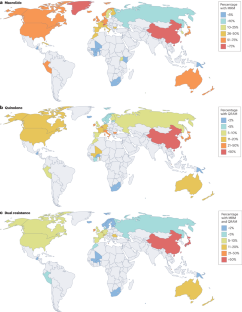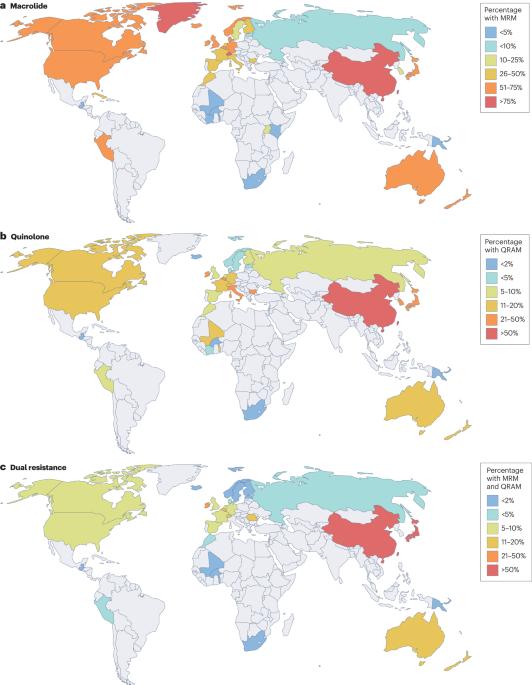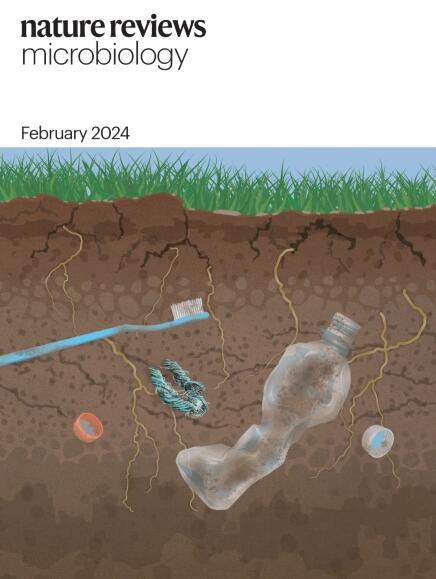性传播细菌感染的抗菌治疗和耐药性
IF 69.2
1区 生物学
Q1 MICROBIOLOGY
引用次数: 0
摘要
性传播感染(STI)自古以来就是人类生活的一部分,其症状影响生活质量,后遗症也很常见。社会经济和行为趋势影响着性传播感染的流行,但抗菌药物的发现为治疗、控制感染传播和降低后遗症发生率带来了希望。这在一定程度上已经实现,但抗菌药耐药性的增加和高风险性网络传播的增加威胁着这一进展。对于淋病奈瑟菌,仅存的一线治疗方法(头孢曲松)有可能失效,而对于生殖支原体,可供选择的抗菌素种类较少,已经出现了无法治愈的感染病例。对于沙眼衣原体,尽管对这一高发性传播感染进行了数十年的治疗,但体外对一线四环素类和大环内酯类药物的耐药性从未得到证实。同样,梅毒的病原体苍白螺旋体(Treponema pallidum)仍然对一线青霉素敏感。本文章由计算机程序翻译,如有差异,请以英文原文为准。


Antimicrobial treatment and resistance in sexually transmitted bacterial infections
Sexually transmitted infections (STIs) have been part of human life since ancient times, and their symptoms affect quality of life, and sequelae are common. Socioeconomic and behavioural trends affect the prevalence of STIs, but the discovery of antimicrobials gave hope for treatment, control of the spread of infection and lower rates of sequelae. This has to some extent been achieved, but increasing antimicrobial resistance and increasing transmission in high-risk sexual networks threaten this progress. For Neisseria gonorrhoeae, the only remaining first-line treatment (with ceftriaxone) is at risk of becoming ineffective, and for Mycoplasma genitalium, for which fewer alternative antimicrobial classes are available, incurable infections have already been reported. For Chlamydia trachomatis, in vitro resistance to first-line tetracyclines and macrolides has never been confirmed despite decades of treatment of this highly prevalent STI. Similarly, Treponema pallidum, the cause of syphilis, has remained susceptible to first-line penicillin. In the Review, Jensen and Unemo examine the epidemiology and clinical features, treatment options, and antimicrobial resistance of Neisseria gonorrhoeae and Mycoplasma genitalium, while briefly covering Chlamydia trachomatis and Treponema pallidum.
求助全文
通过发布文献求助,成功后即可免费获取论文全文。
去求助
来源期刊

Nature Reviews Microbiology
生物-微生物学
CiteScore
74.00
自引率
0.50%
发文量
149
审稿时长
6-12 weeks
期刊介绍:
At Nature Reviews Microbiology, our goal is to become the leading source of reviews and commentaries for the scientific community we cater to. We are dedicated to publishing articles that are not only authoritative but also easily accessible, supplementing them with clear and concise figures, tables, and other visual aids. Our objective is to offer an unparalleled service to authors, referees, and readers, and we continuously strive to maximize the usefulness and impact of each article we publish. With a focus on Reviews, Perspectives, and Comments spanning the entire field of microbiology, our wide scope ensures that the work we feature reaches the widest possible audience.
 求助内容:
求助内容: 应助结果提醒方式:
应助结果提醒方式:


